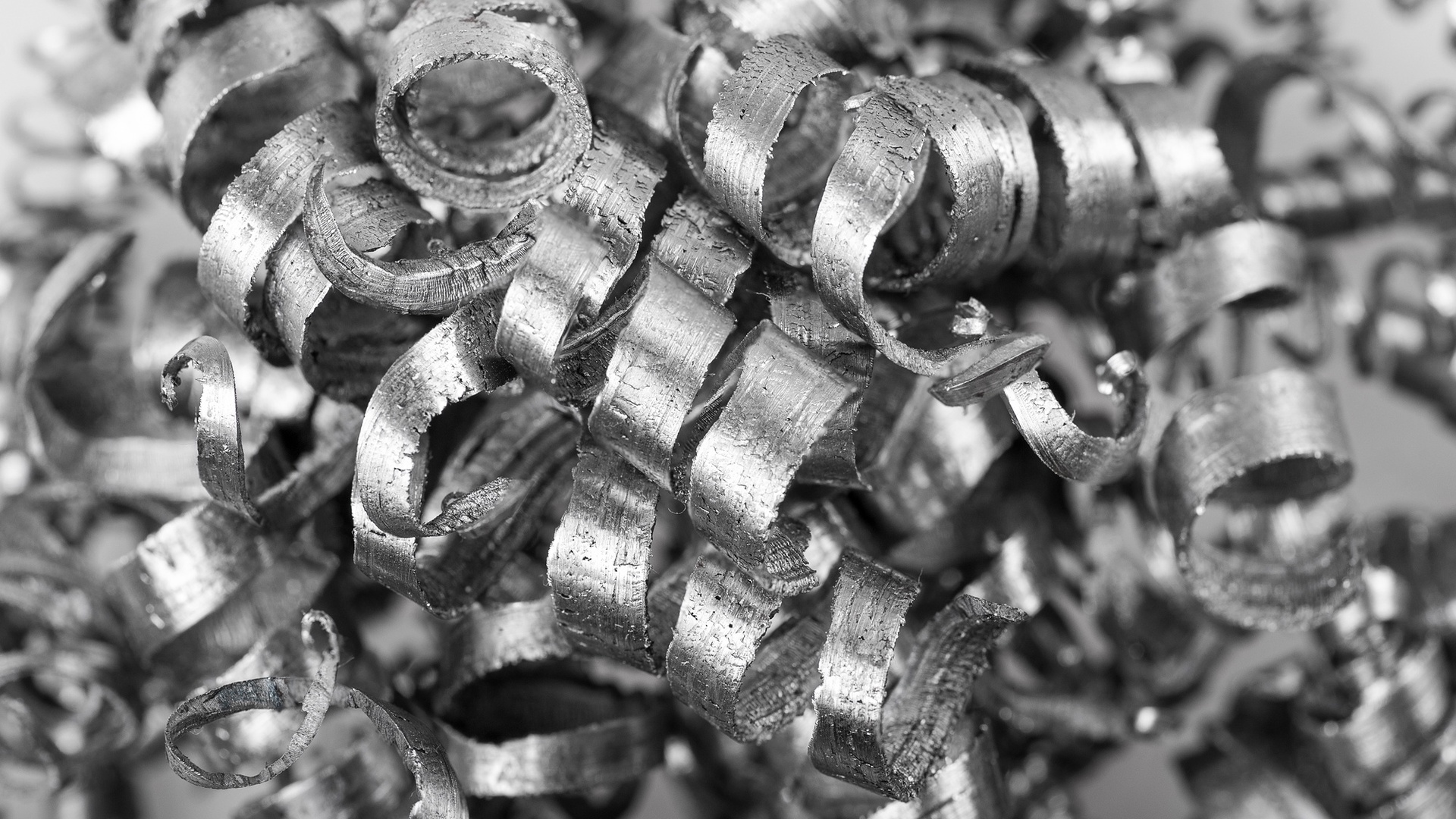

Niobium is a versatile and highly sought-after metal known for its applications in industries that demand high performance and durability, such as aviation and energy. This rare transition metal is integral to advanced alloys and superalloys due to its strength, lightweight, and corrosion resistance. It is often used to produce Niobium Titanium (NbTi) superconducting materials and Nb alloys for turbine engines, jet engines, and nuclear reactors. As industries continuously look for ways to reduce waste and improve sustainability, recycling niobium scrap has emerged as a vital source of material.
This article will explore the importance of recycling niobium scrap, its sources, and the opportunities it presents for industries. We'll also discuss key types of niobium materials like Niobium metal clip, Nb residues, and Nb2O5 Niobium Pentoxide, all of which play critical roles in the recycling process.
As industries strive to meet sustainability goals, the demand for recycled niobium is increasing, especially in sectors like aviation and energy. The aviation industry, for example, heavily relies on Niobium Titanium alloys in jet engines and turbine blades due to their excellent heat and corrosion resistance. Likewise, in the energy sector, niobium alloys are used in nuclear reactors and power generation equipment. As a result, there’s an ever-growing market for recycling niobium scrap to reduce the environmental impact and reliance on primary niobium extraction, which is both costly and resource-intensive.
Recycling niobium not only conserves natural resources but also reduces energy consumption associated with extracting new materials. With significant scrap generation from turbine and aircraft engine manufacturing, as well as obsolete equipment, niobium recycling offers an environmentally friendly solution for companies operating in these high-tech sectors.
Niobium metal clips, remnants of the manufacturing process of niobium-containing products, are a valuable source of scrap. These metal clips often come from high-precision industries like aerospace and energy that use niobium to strengthen alloys, particularly those exposed to extreme temperatures. Nb alloys, in particular, combine niobium with other elements like titanium or iron to create superalloys used in high-stress applications. These clips and alloy scraps can be efficiently recycled and repurposed to maintain the supply of this essential metal.
Niobium residues represent another source of valuable scrap. During the processing and refinement of niobium, significant residues are left behind in the form of shavings, dust, and small metal fragments. Although these residues may seem insignificant in size, they hold considerable value and can be refined and reused in new products. Nb residues are often gathered from production facilities or machinery repair operations in industries that rely on niobium’s properties.
Nb2O5 Niobium Pentoxide is a niobium compound used in the production of electronics, optical lenses, and superconducting materials. The recycling of niobium pentoxide is an essential part of the circular economy for niobium, as it reduces the need for freshly mined niobium. Companies that generate waste containing niobium pentoxide during manufacturing or processing can sell this scrap to recyclers who specialize in refining it back into usable forms.
Niobium scrap recycling begins with the collection of used or excess materials, such as niobium metal clips, Nb alloys, or Nb residues. Once collected, the scrap is sorted by quality and type. This step is crucial, as the composition of niobium alloys can vary significantly depending on the application.
The recycling process often includes refining the scrap through chemical treatments, smelting, and purification to remove any impurities and return the niobium to its purest form. In cases where niobium is combined with other metals, separation techniques such as chemical dissolution and vacuum distillation are employed to isolate the niobium. Once purified, the recycled niobium is reintroduced into the supply chain, where it can be used to produce new alloys, components, or materials.
Recycling niobium scrap can provide significant cost savings for companies. By selling niobium scrap, companies can generate additional revenue streams and reduce their expenditure on raw materials. The cost of refining and processing recycled niobium is typically lower than mining and extracting new niobium, making it an economically sound choice for businesses.
For industries like aviation and energy that prioritize environmental responsibility, niobium recycling offers a clear path to sustainability. Recycling reduces the need for energy-intensive mining processes, decreases the carbon footprint of production, and conserves valuable natural resources.
The availability of niobium is limited by geographic constraints and fluctuating market conditions. Recycling niobium scrap helps ensure a more reliable supply of this critical material, protecting companies from the risks associated with supply chain disruptions and price volatility.
For industries such as aviation and energy dependent on niobium’s unique properties, recycling niobium scrap presents a valuable opportunity to reduce costs, enhance sustainability, and maintain a steady material supply. By leveraging sources like niobium metal clips, Nb alloys, Nb residues, and Nb2O5, companies can effectively manage their niobium resources while contributing to a circular economy.
If your company produces niobium scrap or is looking to purchase recycled niobium materials, we invite you to contact us today. Together, we can create a more sustainable and efficient supply chain for niobium and other high-value metals.
Source: This article draws on industry reports, metallurgical studies, and insights from the niobium recycling sector.